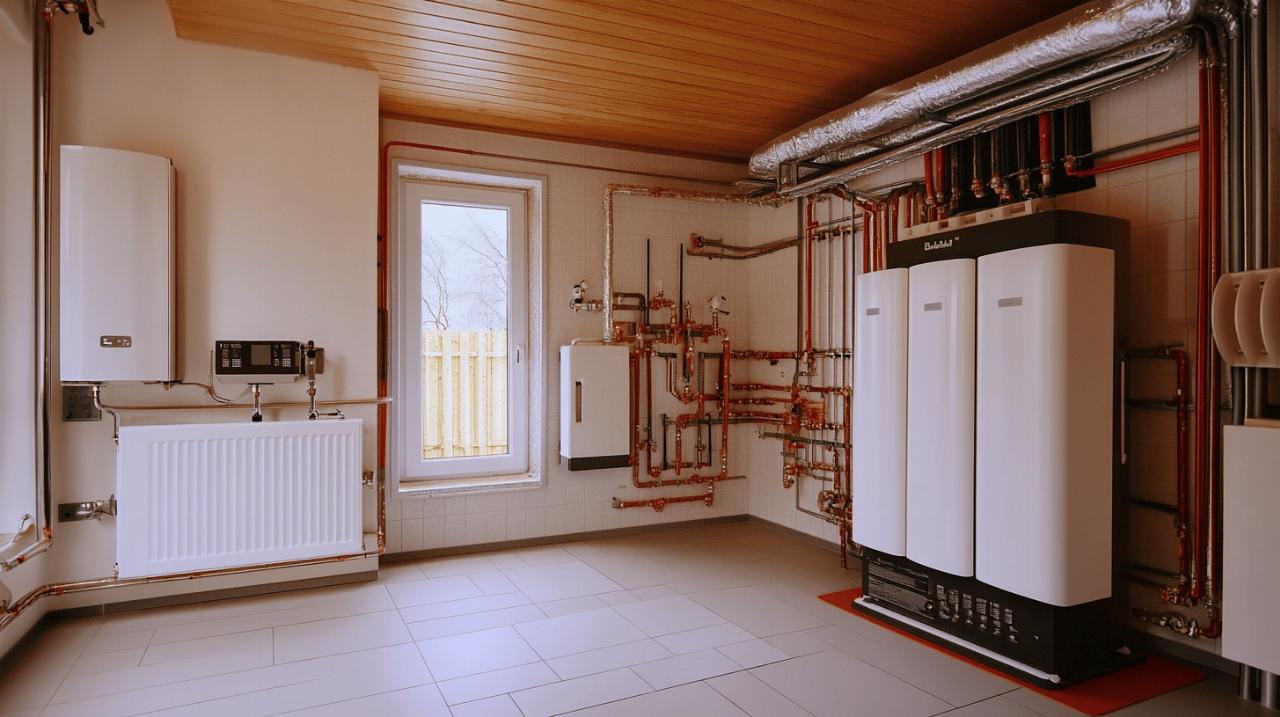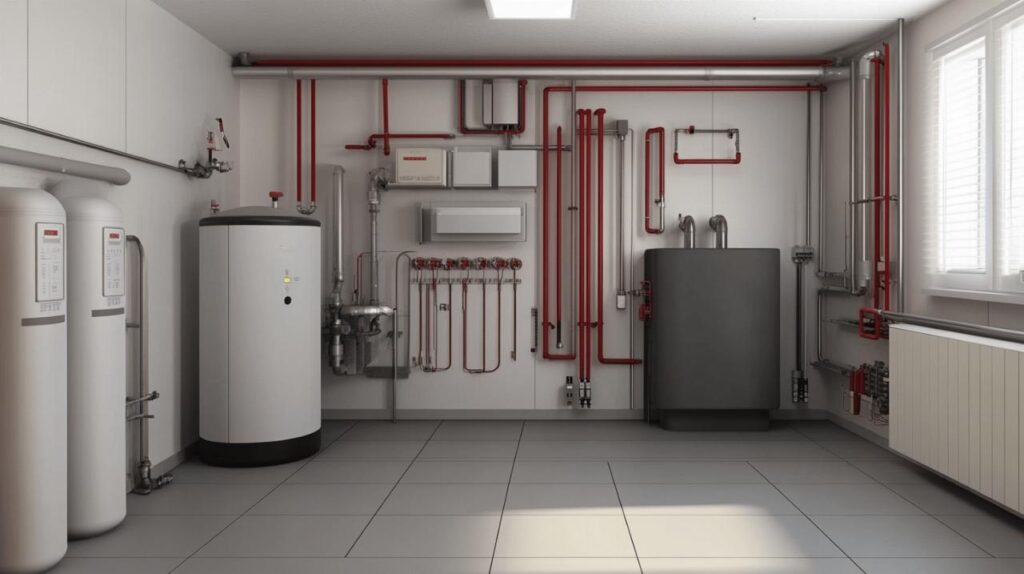As energy costs rise and environmental concerns grow, homeowners and businesses across the UK are increasingly looking for ways to heat their spaces more efficiently. Energy-efficient heating systems not only reduce monthly bills but also help decrease carbon footprints, making them an attractive option for eco-conscious consumers. This comprehensive overview explores the most effective heating technologies available today and how they can benefit both your wallet and the planet.
Modern heat pump technology
Heat pumps represent one of the most significant advancements in heating technology in recent decades. Unlike traditional heating systems that generate heat by burning fossil fuels, heat pumps work by transferring heat from one place to another, making them incredibly efficient. For every unit of electricity consumed, a heat pump can produce up to three units of heat energy. This remarkable efficiency has made them a cornerstone of the UK government’s strategy to phase out fossil fuel boilers. Many property owners are discovering the benefits of these systems through informative resources available at https://www.kamerolli.it/ and similar expert platforms that provide guidance on heating solutions.
Air source heat pumps explained
Air source heat pumps (ASHPs) extract heat from the outside air, even when temperatures drop below freezing. This technology works similarly to a refrigerator but in reverse, using a refrigerant to absorb heat from the air and transfer it indoors. ASHPs are particularly popular in the UK due to their relatively straightforward installation process and lower upfront costs compared to other heat pump variants. They can be integrated with existing central heating systems, working effectively with radiators or underfloor heating to distribute warmth throughout the home. With proper installation, these systems can significantly reduce energy bills and carbon emissions compared to gas, oil, or electric resistance heating.
Ground source heat pumps and their efficiency
Ground source heat pumps (GSHPs) utilise the stable temperature of the earth to provide heating. The ground maintains a fairly consistent temperature of approximately 11-12°C throughout the year, making it an excellent heat source. GSHPs work by circulating a mixture of water and antifreeze through pipes buried in the garden, absorbing heat from the surrounding soil. While the initial installation cost of approximately £13,000 is considerably higher than other heating systems, the operational costs are impressively low at around £700 annually. This makes GSHPs particularly attractive for larger properties or those with substantial outdoor space where the necessary ground loops can be installed. The exceptional efficiency and low running costs of GSHPs make them an excellent long-term investment for reducing both energy bills and carbon footprint.

Smart thermostats and control systems
Beyond the heating system itself, how we control our heating plays a crucial role in energy efficiency. Smart thermostats represent a significant technological advancement that allows for precise temperature management throughout the home. These devices can learn household routines, adjust temperatures automatically based on occupancy, and can be controlled remotely via smartphone applications. For conventional heating systems, programmable thermostats should be set to lower temperatures when occupants are sleeping or away, maximising energy savings without sacrificing comfort. Modern control systems can reduce heating costs by up to 20-30% when properly utilised, making them an essential component of any energy-efficient heating strategy.
Zone-based heating management
Zone-based heating represents a significant evolution in how we manage home temperatures. Rather than heating the entire house to the same temperature, zone control allows different areas to be maintained at different temperatures based on usage patterns and preferences. This approach is particularly valuable in larger homes where some rooms may be used infrequently. Implementation typically involves installing thermostatic radiator valves (TRVs) on individual radiators or separate thermostats for different areas of the home. By heating only the spaces that need it, when they need it, zone-based systems can dramatically reduce energy consumption while maintaining comfort. Upgrading an existing system with additional TRVs typically costs around £4,000 but can deliver substantial energy savings over time.
Learning algorithms that optimise energy usage
The latest generation of heating controls employs sophisticated learning algorithms that adapt to household patterns and preferences. These smart systems monitor occupancy, learn when residents are typically home or away, and adjust heating schedules accordingly. Some advanced systems even incorporate weather forecasts, adjusting heating based on external temperature predictions. The beauty of these learning systems is that they require minimal human intervention after the initial setup period, continuously optimising energy usage behind the scenes. For heat pump systems specifically, these smart controls are particularly valuable as they maintain stable temperatures rather than the traditional approach of turning systems on and off, which is less efficient for heat pumps. By eliminating unnecessary heating cycles and precisely maintaining desired temperatures, these intelligent control systems can significantly reduce energy consumption while improving comfort levels throughout the home.





